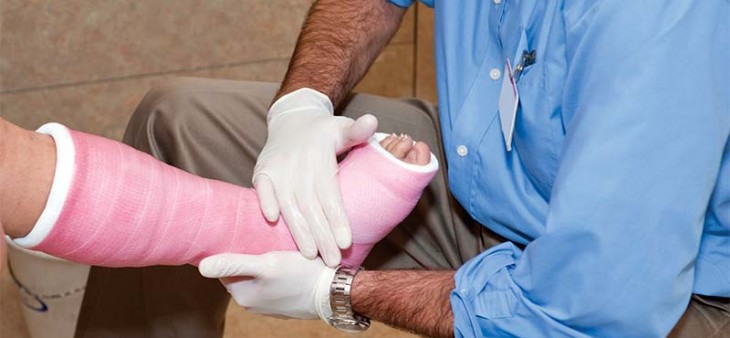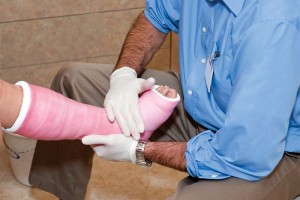
 A fracture is a crack on the bone. The most common occurrence of fracture is the stress fracture, which is often the result of bone and joint overuse and abuse during high-impact physical movements such as those in sports like distance running, basketball, et cetera.
A fracture is a crack on the bone. The most common occurrence of fracture is the stress fracture, which is often the result of bone and joint overuse and abuse during high-impact physical movements such as those in sports like distance running, basketball, et cetera.
Albeit sports are not the only activities that entail strenuous movements, studies show that athletes participating in tennis, track and field, gymnastics, dance, and basketball are at high risk for stress fractures. Yet, take note that such data does not limit the causes of fractures to the aforementioned activities. High-impact bumping, tripping, and improper lifting of heavy objects can also cause fractures.
The fracture itself cannot be seen since our bones are covered by our muscles and skin, but it can manifest itself through the following signs and symptoms:
[su_list_fav]
- Pain (in the area of concern)
- Bruising
- Swelling
- Deformity
- Inability to move the (fractured) body part.
It is important that the physiotherapist knows the circumstances of your injury. It is just as important for the physio to know if you have any other injuries or medical problems, such as diabetes. After discussing your symptoms and medical history, the physio will do a careful examination. He or she will look for other injuries and for areas where the skin is damaged or punctured. Our physiotherapist will check to see if there is a good blood supply to the fractured body part and if the nerves to the area are working properly.
